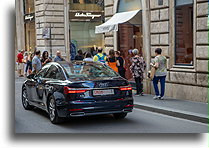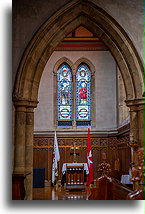In the 11th century the Knights Hospitaller established a convent and hospital in Jerusalem to care for pilgrims to the Holy Land. One century later, the Order of Saint John of Jerusalem became free from the control of the local church and had a right to freely elect its superiors without interference from any other secular or religious authorities. The main mission of the order was taking care of sick, but during the crusades they were also obliged to military defense of the faith in the captured territories.
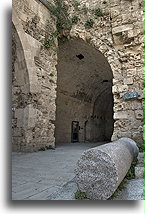
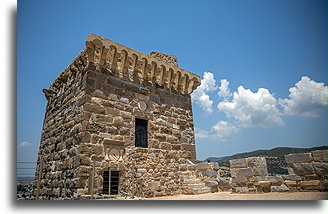
After the fall of Jerusalem in 1187, the Order of Saint John moved to Acre in Palestine. The free trade allowed them to accumulate riches, but in 1291 they lost the city to the Muslim Mamluks. It was the end of the Hospitaller’s presence in the Holly Land. They first moved to Cyprus, soon after they settled in Rhodes. In the 14th century Hospitallers built powerful naval force in the eastern Mediterranean. Their control of maritime trade was in conflict with interests of the nearby Ottoman Empire. In 1523, after six months of fierce combat against the fleet and army of the Turkish Sultan Suleiman the Magnificent, the Knights of Saint John surrendered, and left Rhodes.
After leaving Rhodes, the Order remained without territory until 1530, when it was given the island of Malta. In Malta, they fortified the cities of Mdina and Valletta. On the nearby island of Gozo, the Order of Saint John built coastal towers. At the same time, the order also had a presence outside Europe. From 1651 to 1665, Knights ruled over four islands in the Caribbean. The Order was so rich that it could afford to purchase Saint Barthélemy, Saint Kitts, Saint Croix and Saint Martin.
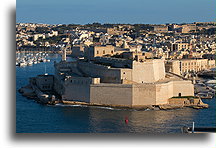
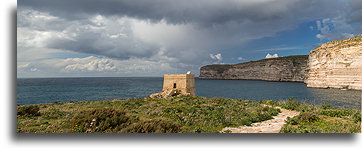
Knights of St. John used slaves intensively. For almost three centuries, they made Malta the most important slave trade market in the Christian Mediterranean, selling mostly captured North Africans and Turks. Some religious prisoners were held for ransom or immediately forced to work at the oars. Knights Hospitaller needed a thousand slaves to equip the galleys in their fleet. The galleys in the Mediterranean were mainly rowed by slaves. It was a common practice. At that time, slaves sat at the oars of galleys belonging to Florence, Genoa, Spain, even to the Papal States. They rowed incessantly with short breaks every eight hours. The average life on such a ship did not exceed two years.
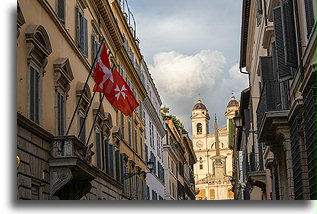
Over time, the power of the Knights of Saint John weakened. Napoleon Bonaparte drove them out of Malta when he stopped there on his way to Egypt in 1798. Bonaparte stayed on the island only for six days, but managed to accomplished many reforms including the abolition of slavery and all feudal rights. His decree granted freedom to nearly 2,000 slaves belonging to the Order of Saint John. With the arrival of Napoleon, the reign of the Order in Malta ended. They scattered throughout Europe, eventually establishing their headquarters in Rome, Italy in 1834.
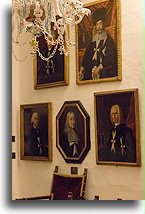
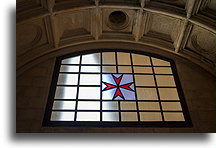
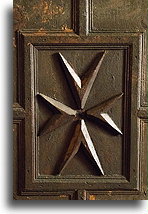
Knights of Malta today continue to be a Catholic religious order. As such, it is linked to the Holy See, but at the same time it is independent as a sovereign subject of international law. It is a sovereign entity, but without clear territorial boundaries. The Sovereign Military Hospitaller Order of Saint John of Jerusalem, of Rhodes and of Malta reside in Rome. It owns two headquarter buildings that are granted extraterritoriality by the Italian Government. It means that inside these buildings not an Italian, but the Order’s laws apply.
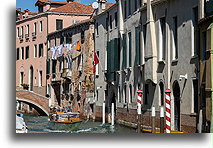
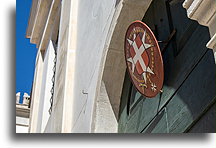
The Sovereign Military Order of Malta has its own constitution and maintains diplomatic relations with 112 states. The Order has its own embassies in foreign countries, issues its own passports, postage stamps and vehicle registration plates. The Order has an annual budget and its own official currency, Maltese scudo. The exact international status of the Order is not clear, due to lack of territorial boundaries. However, it has population of three official citizens and thousands of workers and volunteers and as such it can be considered the smallest sovereign state in the world.
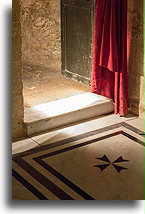
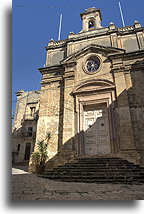
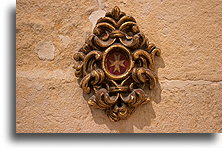
The Order experienced a leadership crisis in 2016 and 2017 when the Grand Master expelled from the Order the member of the Sovereign Council, the Grand Chancellor because of his support in distributing condoms as humanitarian aid in poor countries. Pope Francis, who claims that condoms are permissible when it comes to HIV prevention, intervened in this case. The Order protested against the Pope's intervention at what it regarded was the internal affair of the Sovereign Order. Finally, the Grand Master resigned and previously expelled Grand Chancellor was reinstated. Some have seen the Knights of Malta crisis as a proxy conflict between Francis and his critics inside the church in the Pope's efforts to reform Catholic teaching on the family, marriage, and divorce.
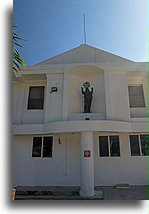
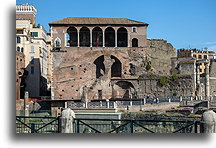
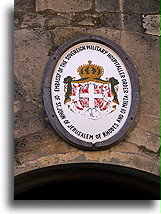
The Sovereign Order of Malta has no territory apart from Palazzo Malta and Villa Malta in Rome and rented for 99 years Fort St Angelo in Malta. However, the Order is recognized by more than 110 countries as a sovereign entity, subject to international law. The Order has the status of a permanent observer at the United Nations, allowing to act as a neutral party in relief efforts in war zones. They run hospitals, refugee camps, addiction treatment centers, and disaster relief programs around the world.
